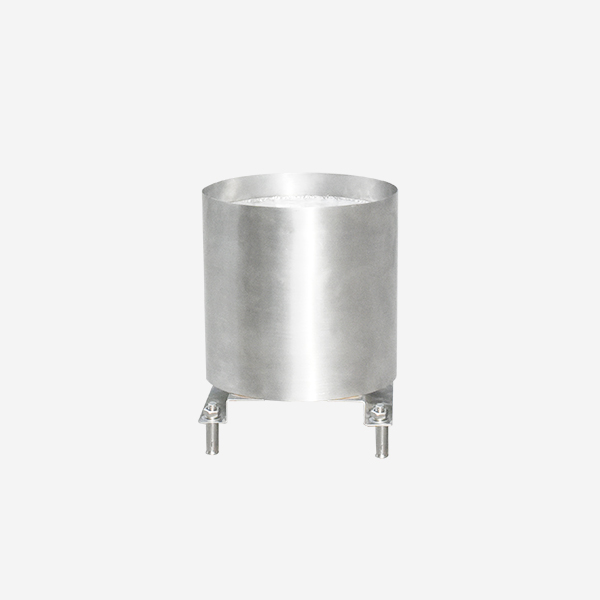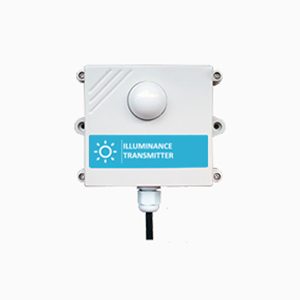Product Introduction:
The rain gauge developed by JXCT is small and light in appearance, easy to carry and assemble. It is used to measure rainfall in nature and convert rainfall into digital information output in the form of switching quantity, so as to meet the needs of information transmission, processing, recording and display. It is widely used in meteorological stations (stations), hydrological stations, agriculture and forestry, national defense, field monitoring stations and other related departments, and can provide original data for flood control, water supply dispatching, and water situation management of power station reservoirs.
It’s a plastic rain gauge on a weather station. Compared with the standard stainless steel tip-bucket rain gauge, it is a more commercial and inexpensive rain gauge. It uses the working principle of standard tipper type rain gauge, but due to material problems, the accuracy and service life of stainless steel rain gauge is slightly lower. If you are a beginner to rain gauges, or if you have a limited budget and want to purchase an inexpensive rain gauge, then our abs Tipper rain gauge is the best choice for you.
* Models:JXBS-3001-YL-RS
* Minimum order quantity: 1 piece
* Delivery time: within 24 hours
Features:
01. Easy to use
Small size, easy installation, good stability. There are horizontal adjustment bubbles inside the chassis, which can assist the bottom Angle to adjust the device to the level.
02. High precision
Good linearity, long transmission distance, strong anti-interference ability. The rain mouth adopts ABS engineering plastic injection molding, high smoothness, small error of water accumulation.
03. Good stability
The support system of the TIpper component is well made, the friction torque is small, the tipper component is sensitive and reliable.
04. Long service life
The shell of plastic rain gauge is ABS engineering plastic, no rust, good appearance quality. The funnel is designed with mesh to prevent leaves and other debris from blocking the flow of rain down.
05. Widely used
Our ABS tip-bucket rain gauge can measure precipitation, precipitation intensity, precipitation time and other parameters for meteorological stations, hydrological stations, agriculture and forestry, national defense, field observation stations and other related departments. It can provide original data for flood control, water supply dispatching and water situation management of power stations and reservoirs.

Parameters:
Determination parameter: rainfall
Model: JXBS – 3001 – YL – RS
Communication mode: RS485
Power supply: 12-24V power supply
Measurement range: 0.01mm~3mm/min
Material: ABS.
Measurement error: ±3%
Response time: less than 1 second
Power consumption: < 1 w
Operating temperature: -10-50℃
Operating humidity: 0-95% (relative humidity), no condensation

Attention:
When installing the outdoor floor and roof, first make the cement installation foundation according to the requirements, and the cement foundation plane should be level. The size of the cement installation base is 40cm x 40cm. The height of the cement installation base is not less than 30cm, and the diameter of the cement installation base is 40cm. It is required that the height of the instrument rain opening is 70cm from the ground, and there shall be no shelter higher than the instrument rain opening within 3 to 5 meters around the instrument rain opening.
Install a fixed rain gauge to adjust the level of the storm water outlet
Three mounting holes with a diameter of 10cm and a depth of 8-10cm are drilled on the cement basis, and the expansion bolts are put into the mounting holes and locked with lock nuts. Then the instrument base is installed on the three height regulators to support the nuts, and the level meter is used to measure whether the ring mouth is horizontal.
If you have special installation requirements, please contact our professional technicians.

FAQs:
1. How does the tipper rain sensor work?
The bucket rain gauge receives rainwater through the rain socket and flows into the bucket through the funnel opening. When the water reaches a certain amount (such as 0.02mm), the tipping bucket will lose balance and tip over. The equipment sends pulse or 485 signals, and the precipitation can be automatically calculated after the cumulative number.
2. How accurate is the tipper rain sensor?
First of all, the rain gauge needs to be disassembled, re-titrated to adjust the base point, and then adjust the distance of the tipping bucket base point. (This process requires a professional.)
Next, adjust the horizontal bubble inside the rain gauge, using a small wrench to adjust the horizontal screw so that the horizontal bubble appears in the center.
3. What are the different types of rain sensor ?
The three main types of rain sensors are standard, tip-bucket and gravity gauges. Although the basic operation of rain gauges is usually not very different from these major rain gauge types, it is possible to further distinguish how they work and how they provide data.
4. Where is the best place to put the rain gauge?
Standard rain gauge: One of the easiest places to install a standard rain gauge is at the top of a fence post. Just make sure you select an open area, level the meter, and make sure the top of the meter is higher than the top of the fence post.
Tip bucket rain sensor: Use the tip bucket rain gauge alone, just place it on the open ground, ensure that it is level, there is no obstacle above. When used with a weather station, it can be mounted on top of the pole of the station.
5. What is the unit of the rain sensor?
Rain sensors basically collect water that falls on them and record changes in rainfall depth over time, usually in millimeters.





Reviews
There are no reviews yet.